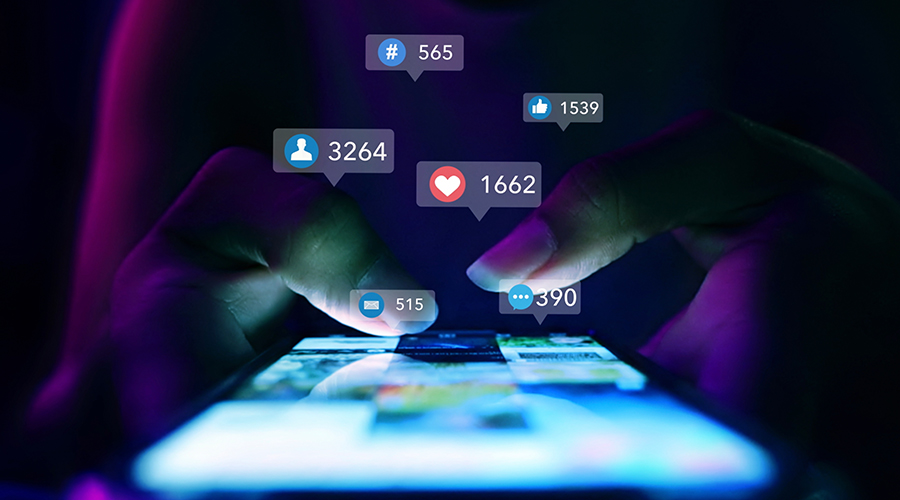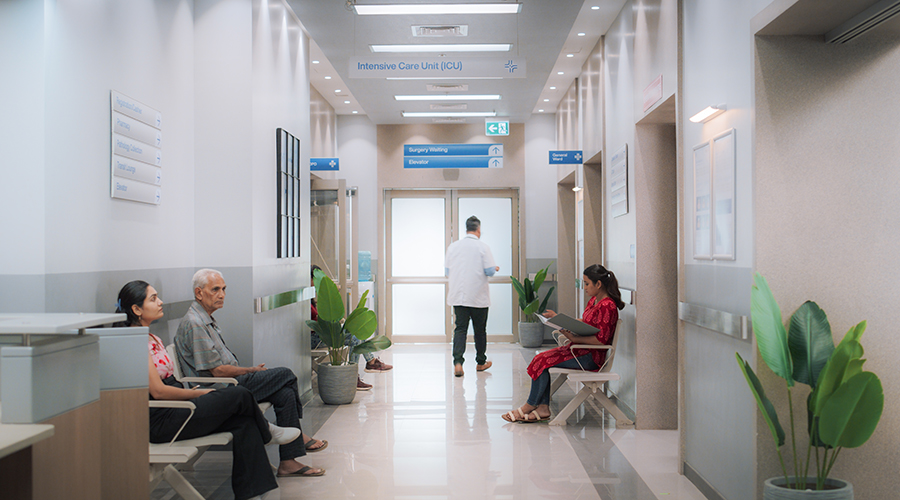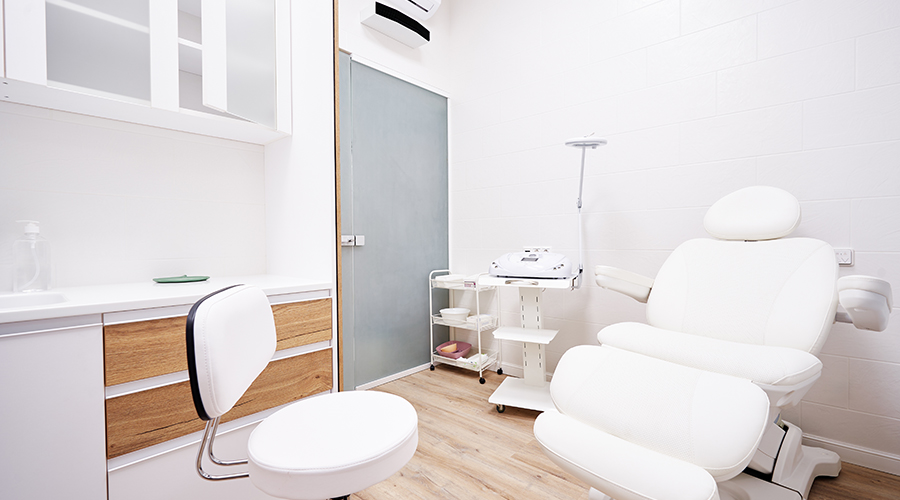Change is hard for many people. When new technology is introduced to organizations, it can disrupt an entire industry, and not always in a good way. Hospitals and other healthcare facilities are using emerging software and technology to increase the quality of patient care and to also improve staff productivity. To fully implement these new products, hospitals and other healthcare facilities must win over the trust of their patients. In this manufacturers roundtable, software and technology experts discuss the best ways to win over patients when it comes to incorporating new technology.
How can hospitals and other healthcare facilities gain patients’ trust when using new technology that they may be unaware of?
“The first step is to educated the patient on the benefits of using the new technology. There is always resistance with any new process, so a well thought educational program is critical is gaining the end-users trust.”
Paul P. Cannon, industry leader healthcare, SALTO SYSTEMS INC.
“We’ve certainly seen some hesitation from older adult residents to technology, whether an app or voice-first experiences with Amazon Alexa. However, as older adults begin to use technologies that are curated to their needs and interests, adoption and usage grows. The trust factor comes from understanding the value this type of tooling can provide to their daily life - having immediate access to health information, tracking personal health/wellness with wearables, easier access to physicians and care staff, etc. And of course, the reassurance their engagements with technology are private and secure.”
Scott Moody, CEO, K4Connect
“Human beings, by nature, are conditioned to question anything new. Knowing this, we should expect patients to be curious, or even skeptical, about any new technology we introduce in the care environment. Building trust involves clear and consistent communication with patients. The onus is on healthcare professionals and administrators to explain why a new technology and process is being introduced with specific attention given to outlining what patients can expect, including both the benefits and potential risk.
For example, few patients knew about telehealth when the pandemic began. Many patients were skeptical not only about the format, but also the quality of care that they would receive. Since that time, telehealth has exploded due in large part to the way that providers established trust with their patients. Telehealth was introduced as an additional care pathway, not a replacement for in-person visits. And the process – essentially a virtual face-to-face call – was clearly explained and patients were quick to realize the benefits of flexible scheduling and faster time-to-care.
We also live in a data saturated world. More technology means more data and many patients are worried about their privacy. Healthcare organizations can continuously build trust with patients by demonstrating their organization’s security posture, securing third party accreditation and ongoing compliance with the latest security requirements.”
Jimmy Hurff, senior vice president, data and analytics, GHX
"While patients may not care which software platform is being used, they will want their hospital visit to reflect a seamless maintenance program. Technology that can help manage routine and emergent maintenance, as well as repair or replace assets in a manner that is “invisible” to the visitors of a facility will become leaders in the market. This technology will be able to identify and manage schedules to perform work with absolute minimal distraction, as well as determine which issues will impact visitors and develop solutions to mitigate this impact."
Brian Crum, strategic solution consultant, Dude Solutions
“Everyone knows someone who went to the hospital to have a joint replaced, give birth or seek treatment – and contracted a painfuland sometimes deadly infection during their hospital stay. Educating patients about the extra steps the hospital is taking to destroy pathogens on surfaces and stop the spread of germs within their facility gives patients confidence that they have chosen the cleanest facility possible. Many of the hospitals that disinfect rooms with LightStrike robots leave a small card in the patient’s room to let them know that the room has been properly disinfected. Hospitals receive positive feedback from patients and their families about the communication and the hospital’s proactive approach to stopping germs.”
Witt Copeland, senior director of sales, Xenex Disinfection Services
Mackenna Moralez is assistant editor with Healthcare Facilities Today.

 Social Media Driving Rise in Trade Jobs
Social Media Driving Rise in Trade Jobs North Carolina Children's Receives $25M Gift from Coca-Cola Consolidated
North Carolina Children's Receives $25M Gift from Coca-Cola Consolidated Swinerton Breaks Ground on $5.5M Medical Office Building in North Carolina
Swinerton Breaks Ground on $5.5M Medical Office Building in North Carolina Rethinking Strategies for Construction Success
Rethinking Strategies for Construction Success From Touchless to Total Performance: Healthcare Restroom Design Redefined
From Touchless to Total Performance: Healthcare Restroom Design Redefined